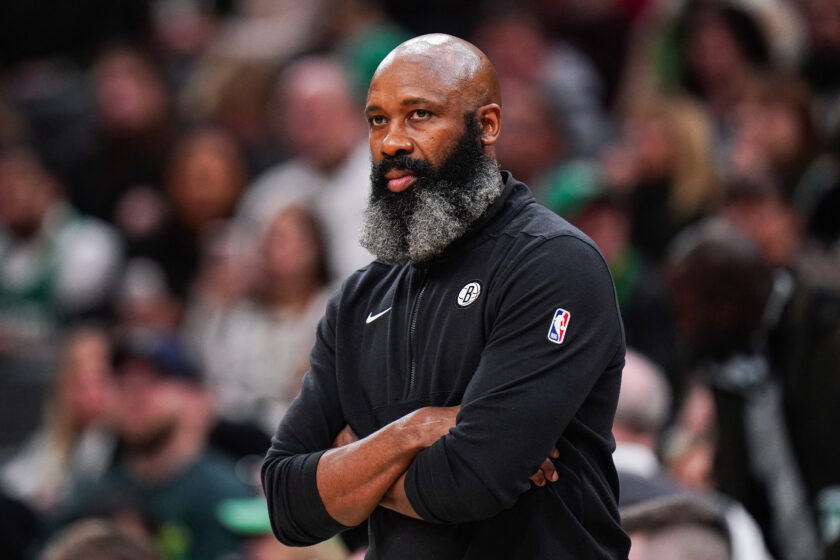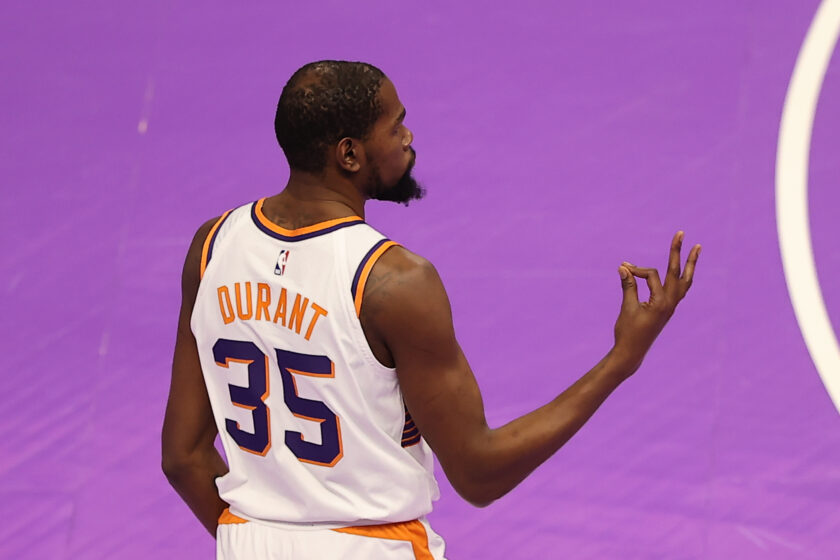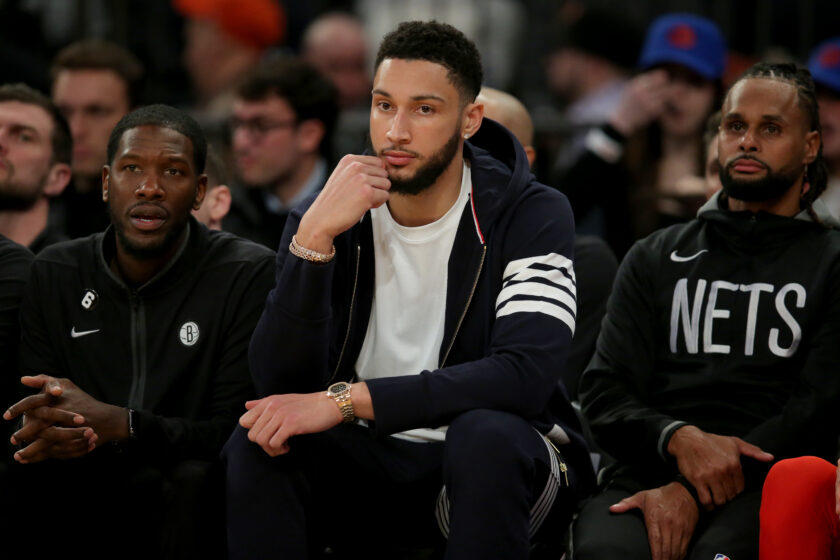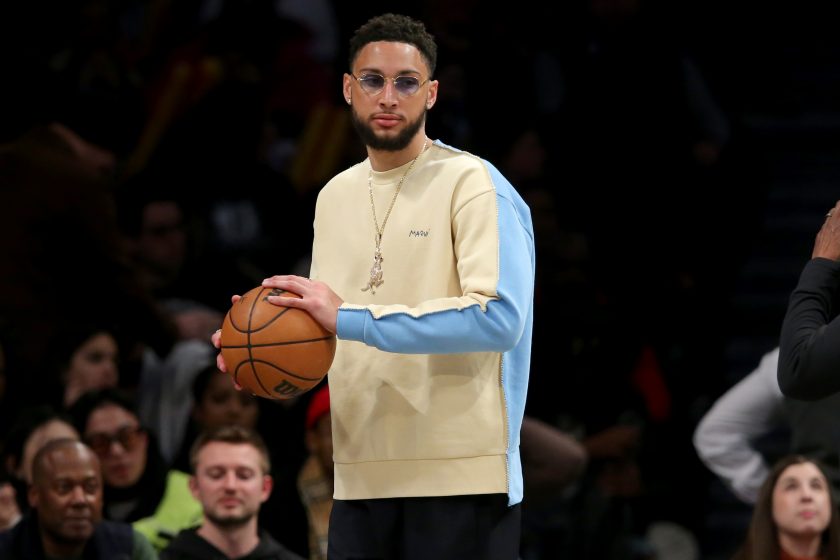Brooklyn Nets’ loss to the Knicks showcases recurring offensive stagnation
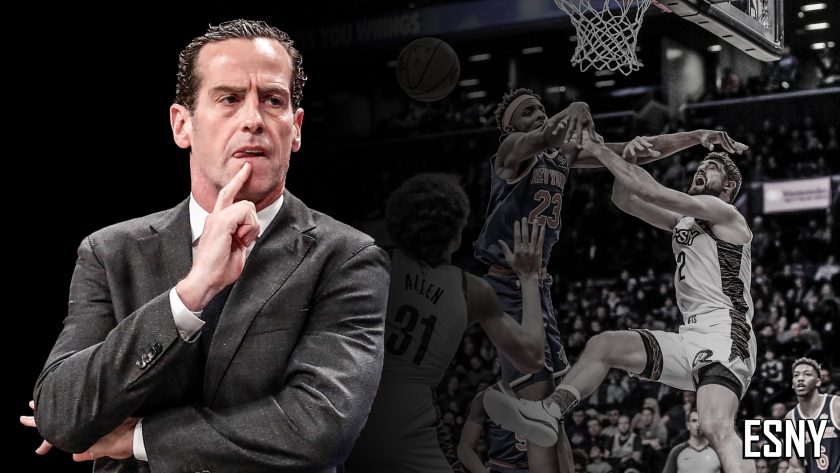
Offensive stagnation has been a plaguing issue for the Brooklyn Nets this year and it was present once again in Thursday’s loss to the Knicks.
It’s performances like what was displayed on the Barclays Center hardwood Thursday night that really puts things into perspective for the Brooklyn Nets. Simply speaking, they need Kyrie Irving, Caris LeVert, and yes, Kevin Durant on their roster to be considered real threats in the Eastern Conference.
Offensive stagnation has been a steady diet for this squad; it turns out they could, potentially, be a better team with the aforementioned names suiting up. Who knew?
Before I go full-fledge into a “Yeah, well, the Nets would’ve won if injuries weren’t such a nuisance” narrative, credit the New York Knicks. They read the scouting report, did their homework, and came out ready to execute. Their interior defense stifled Brooklyn’s feeble attempts of mustering offense in the paint, which many before them had failed to do.
In fact–as of late–the Nets have feasted on opponents’ interior defense, generating 58.7 points-per-contest in the paint over their last 3 games (league-best) and have 52.6 points for the season (third in NBA).
Likewise, the Knicks welcomed Brooklyn running high-action pick-and-rolls at the top of the perimeter with Spencer Dinwiddie and Jarrett Allen/DeAndre Jordan. They would thus collapse on Spencer off the set and force him to kick it back out while also accounting for the rolling big man. This opened up opportunities for the Taurean Prince and Joe Harris‘ of the world to make the Knicks pay, but they just didn’t have it on Thursday night.
Though the Knicks’ offense may not have been electric, per se, they still deserved to win this contest. The Nets didn’t perish by their own blade.
Julius Randle put up 33 points, including a career-high five three-point field goals to go alongside eight rebounds. Marcus Morris, on the other hand, accounted for 22 points and seven rebounds on his own in the victory. Both players were hitting their jump shots when provided space and created their own offense when calling their own numbers.
What was concerning though is that such offensive stagnation as seen on Thursday night against the Knicks is nothing new. This has been a recurring theme and will likely continue to be one until this team is back at 100%. As currently constructed, there isn’t much complexity to the Nets’ offensive scheme; this contest highlighted such.
If Prince and Harris aren’t connecting on their perimeter shots and Allen/Jordan are being suffocated in the interior, there’s really only one guy that can consistently create his own offense: Dinwiddie. That’s a problem, but one that isn’t long-term.
At this point we are all well-acquainted with the narrative surrounding Irving: he’s a ball-stopper, an incurable disease to team offense, a distraction in the locker room, a greedy, self-absorbed individual that physically cannot contribute to winning basketball. Overall, just a lot of nasty, vile connotations have been associated with his character.
This fictional depiction of Irving has only expedited with Dinwiddie taking the reins of Brooklyn’s offense. Spencer’s putting up career-best numbers in the process, ones that have translated to wins.
https://twitter.com/N_Jensen1995/status/1209901374818766849?s=20
But I’m here to tell you this: the offense isn’t better off without Irving. Nope. I know, shocking right? Oh, and LeVert too for that matter, while I’m on the subject.
Since that fateful night in Denver on Nov. 14 in which they lost Irving to a shoulder injury, the Nets have the 25th-ranked offense. Despite being 12-7 without Irving, you have to also take into consideration the level of competition during that period.
Yes, they’ve also won against the likes of Denver, Boston, and Philadelphia, all of which were great team wins. I want to make it abundantly clear that I’m not undermining the gravity of such wins. But to provide proper context, you must note that 12 of their last 19 games are against sub-.500 teams.
What’s stood out during this run is that it’s been their vastly improved defense–which ranks 6th in the NBA since Nov. 14–not their offense with Dinwiddie at the helm that’s kept this ship from floundering.
In games that both Irving and LeVert played in, the Nets have the 26th-ranked defense. They were also encountering similar stagnation on the offensive end, figuring out how to coincide together with multiple weapons. Nonetheless, they were scoring 119.2 points-per-game, a statistic that was third in the NBA at the time. It was clear that the team was a work in progress, not a finished product. Regardless, the offensive upside was tantalizing.
It’s not quite as easy as saying that the Nets’ team defense would have figured things if Irving and LeVert never went down with injuries, especially with charts such as the one below illustrating both players as subpar defenders within Kenny Atkinson‘s system. Although, you would think that they were going to eventually trend upward on that end.
Through games on Nov. 20, here's how all members of the Brooklyn Nets have fared in TPA during the 2019-20 #NBA season. #WeGoHard pic.twitter.com/FoWAZGI11K
— NBA Math (@NBA_Math) November 21, 2019
Now the challenge is incorporating both players back into the rotation without forfeiting defensive efficiency, which is easier said than done. Don’t expect the offense to flow synonymously with early-season effectiveness. Nonetheless, it should take a major leap back to where it was before Irving and LeVert got injured.
To fully put into perspective how different of a dynamic this Nets squad has on both ends of the floor with LeVert and Irving incorporated into the roster as compared to without them, let me provide you some numbers:
https://twitter.com/N_Jensen1995/status/1210465232235065344?s=20
It’ll take time for rhythm and consistency to connect on both ends of the floor. This is still a team that hasn’t experienced much time with everyone healthy, and that’s not including Durant’s situation. But once they get their reps up and Atkinson figures out rotational minutes, expect this offensive stagnation to subside.
Aspiring Sports Journalist! When I'm not watching ball games, I'm usually watching a mid-2000s Vince Vaughn comedy. If that doesn't summarize my personality, I don't know what will.

